Vava joins a growing list of relative newcomers to the dash cam game that includes brands like Vantrue and Viofo, most of which are exclusively sold via Amazon and are often manufactured and distributed from China.
This is no bad thing, because the majority of today’s dash cams come from many of the same factories, using very similar lenses, while sensors are now often top-quality identical numbers from Sony. These lesser-known brands tend to offer an in-car camera that doesn’t cost the earth but gets on with the job of recording incidents without the additional tech flourishes of the more expensive models from leading names, such as Garmin and Nextbase.
Vava's dual camera offering consists of a 2K unit up front and a 1080p number that faces backwards. Unlike other cameras that bundle two or three separate cameras into the box, Vava has constructed a unit where both the front and forward facing lenses are built into the same unit.
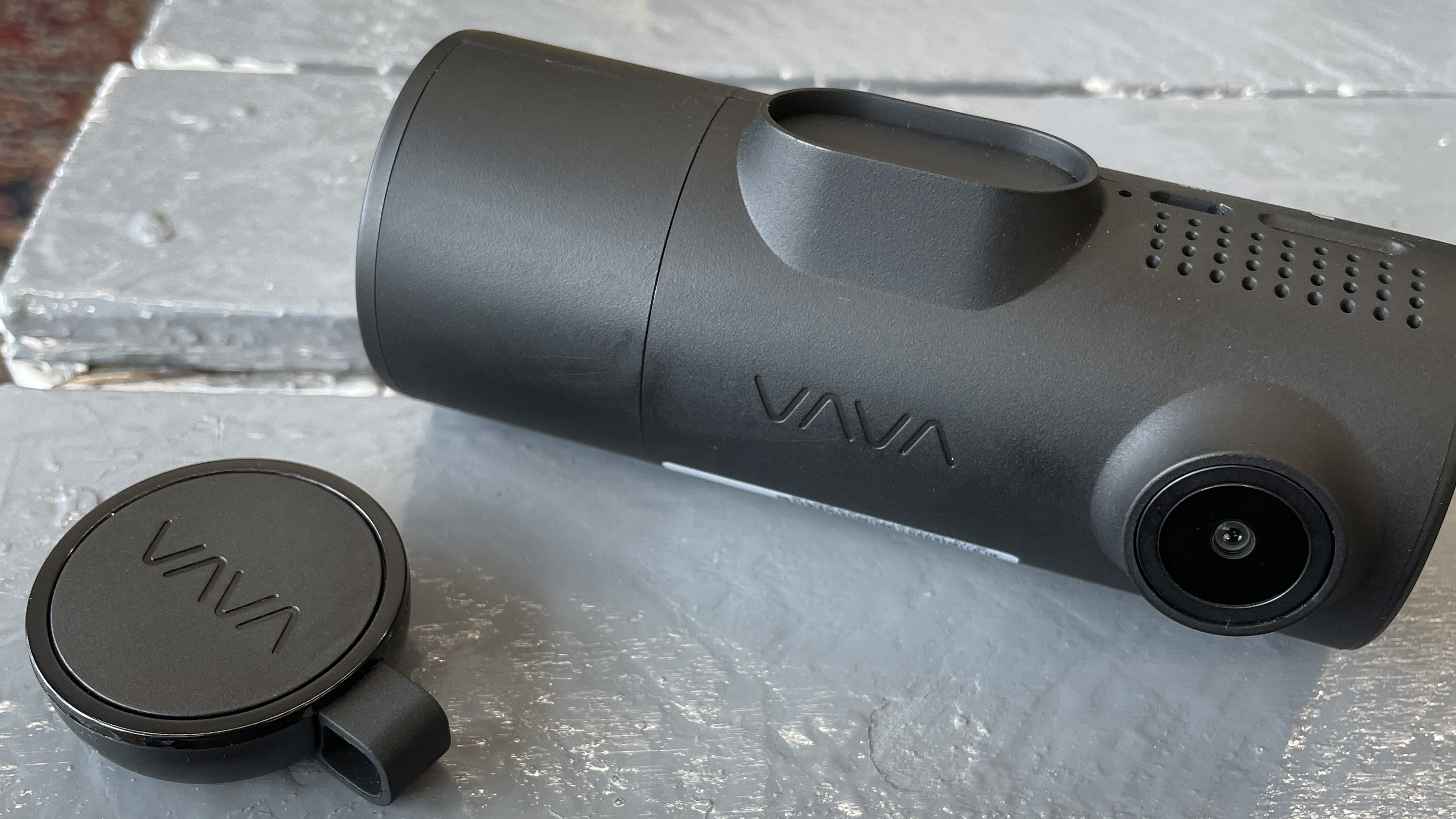
It’s a neat bit of design that takes much of the faff out of the set-up process, seeing as there’s no need to trail additional wires and connect the units together. However, it’s not without its downfalls, because the position on the front windscreen means you don't get a great view out of the rear. This can be made worse if you have tall passengers in the back blocking the view.
Otherwise, the Vava does pretty much everything you want of a dash cam and more. Its default mode is loop recording, where it will continuously record video at a time interval of your choice (1, 2 or 3-minutes), committing the most important file to a special locked folder when either prompted by the user via a small button on the bottom of the cam, or when the built-in G-Sensor detects a shunt.
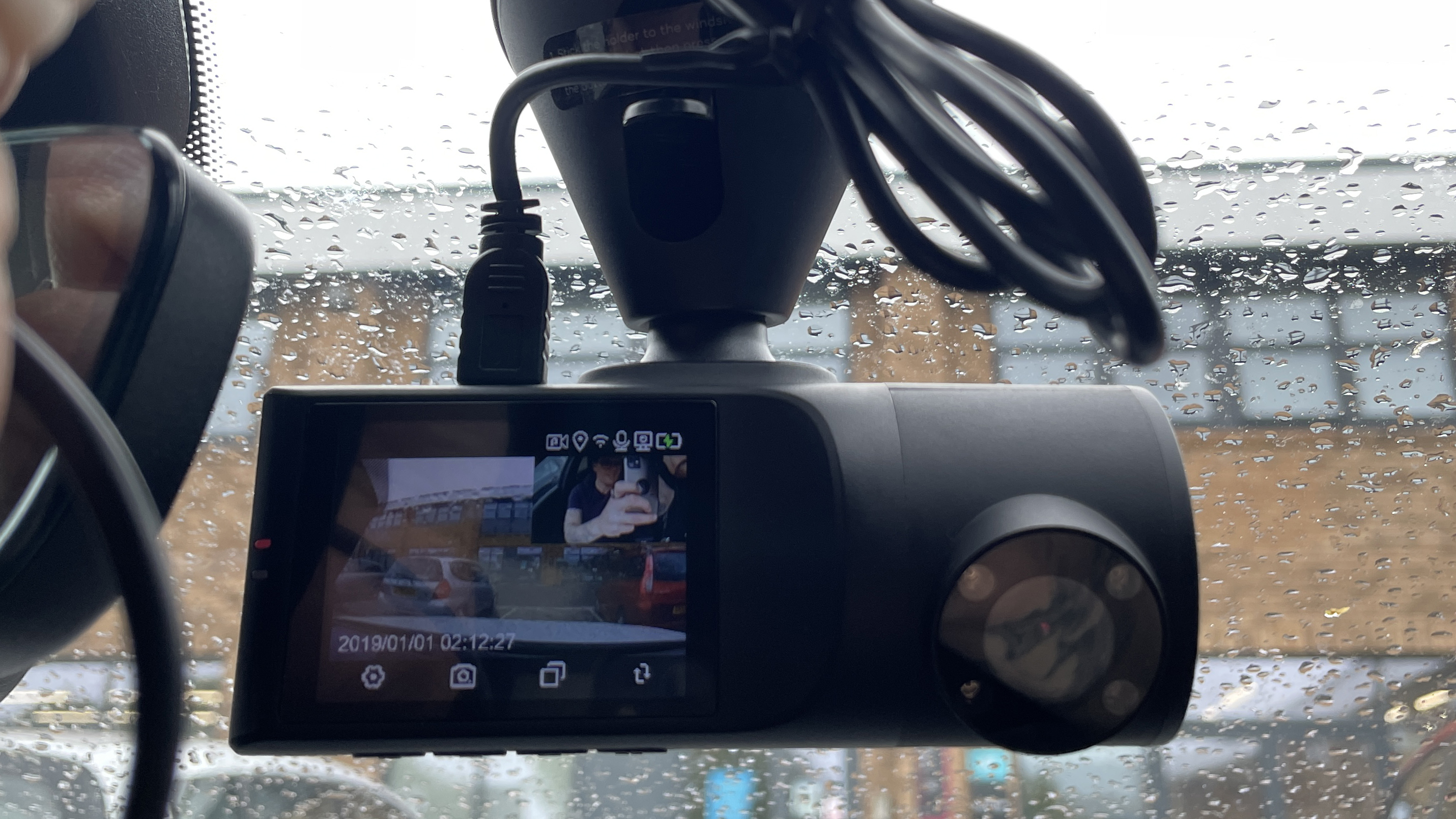
There is also the option to simply record and keep clips of your choosing, as well as take ad hoc snapshots when on the open road. This is aided by a wireless button that can be mounted anywhere within arm’s reach thanks to the ubiquitous 3M sticky pads that back pretty much everything in the box.
Is there much need for this additional ‘One-Touch Snapshot’ button? We’re not convinced, because the unit does a great job of capturing and saving actual incidents via its G-Sensor anyway. Plus, the footage and images captured aren’t exactly of cinematic or gallery-worthy quality. You’d be much better pulling over and taking a picture of something with a real camera.
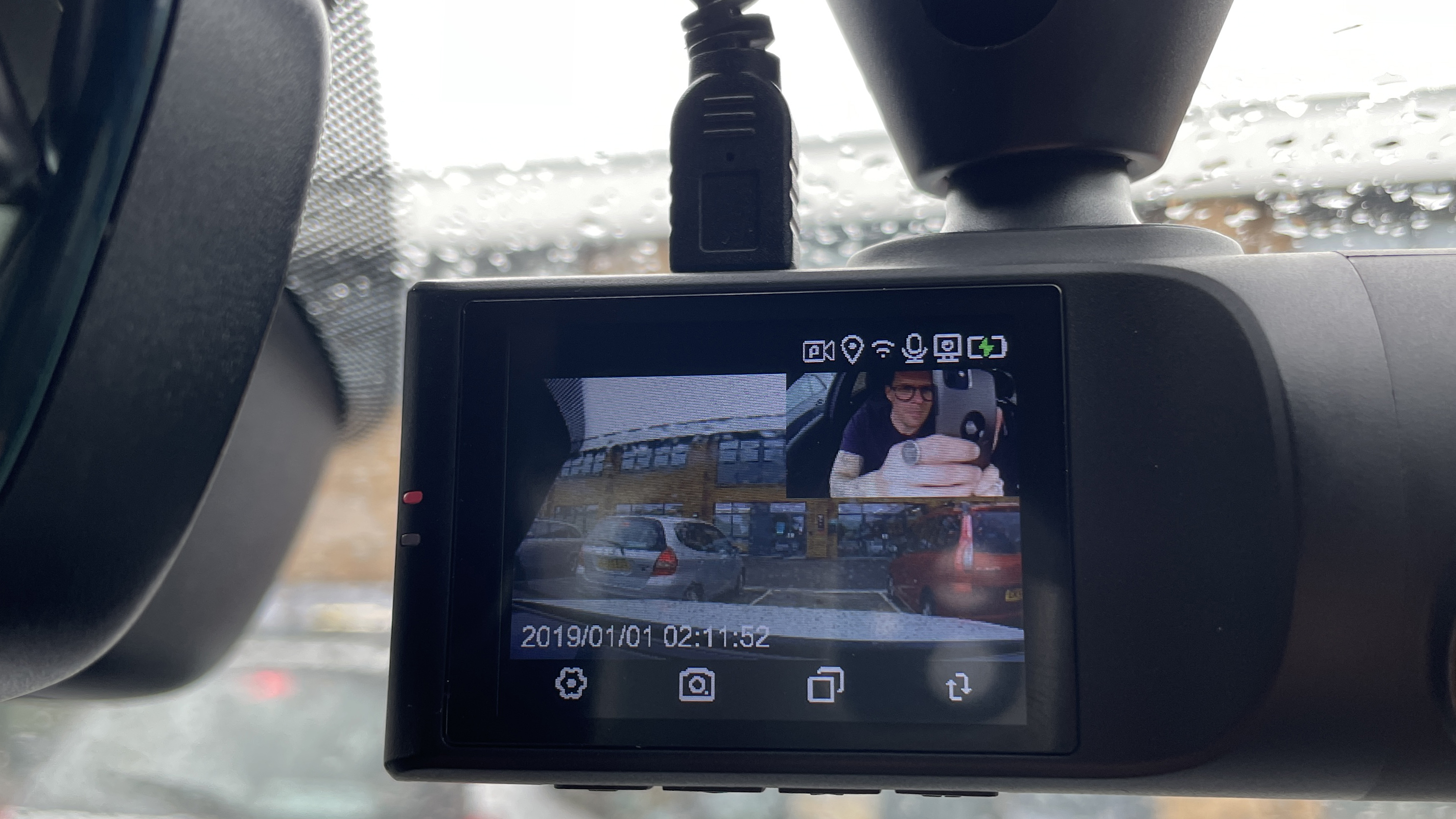
In fact, the general footage quality isn’t as good as some rivals we’ve tested ins the past, with the likes of the Nextbase 622GW and Viofo A129 delivering clips that are much crisper and generally easier to make out details. The Vava isn’t necessarily bad, it just struggles a little in overly bright or very flat conditions, where things like number plates and small details can be lost.
Footage out of the rear camera is disappointing, because it predominantly captures what’s going on inside the cabin, rather than what’s happening out of the rear window. Seeing as one of the most common road traffic accidents in the UK is a rear-end shunt, it pays to have a rear camera properly mounted on the rear screen to capture every element of the incident, including the all-important number plate and driver details, should you need to use it as evidence in court or for an insurance claim.
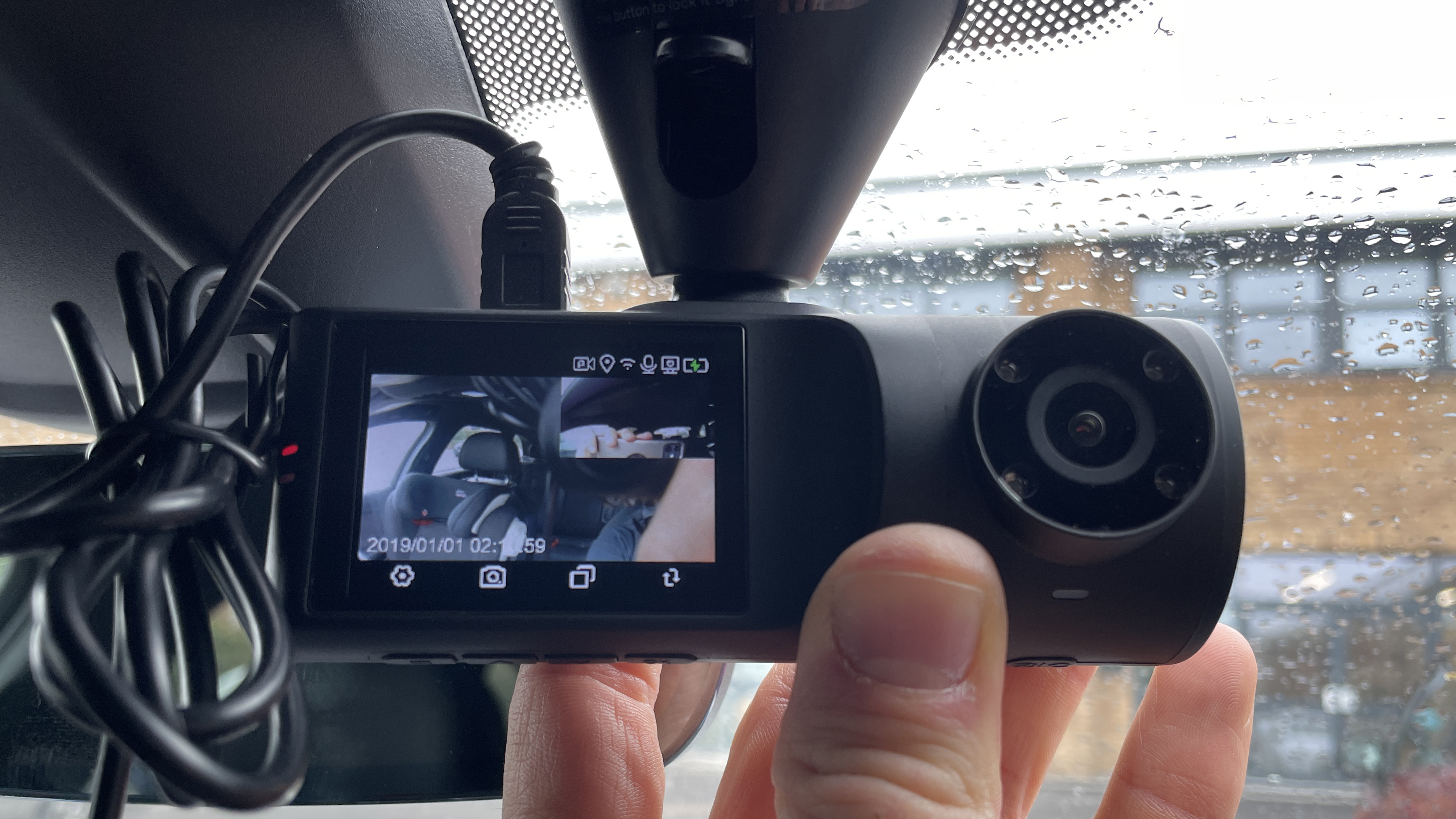
The Vava 2K Dual Dash Cam doesn’t come with an SD card, so you’ll have to head out and buy a good quality MicroSD one. Otherwise the camera kicks up a bit of a stink if the memory isn’t large enough or it detect that the write speeds aren’t up to scratch.
Additional features include the ability to set a drive fatigue warning, where the unit will sound an alarm once you have been driving for a pre-determined amount of time. On top of this, you can activate a Park Mode, where the camera will monitor the vehicle when stationary. However, this requires hard-wiring into a power source, because the built-in battery doesn’t last long when unplugged or there engine is shut off.
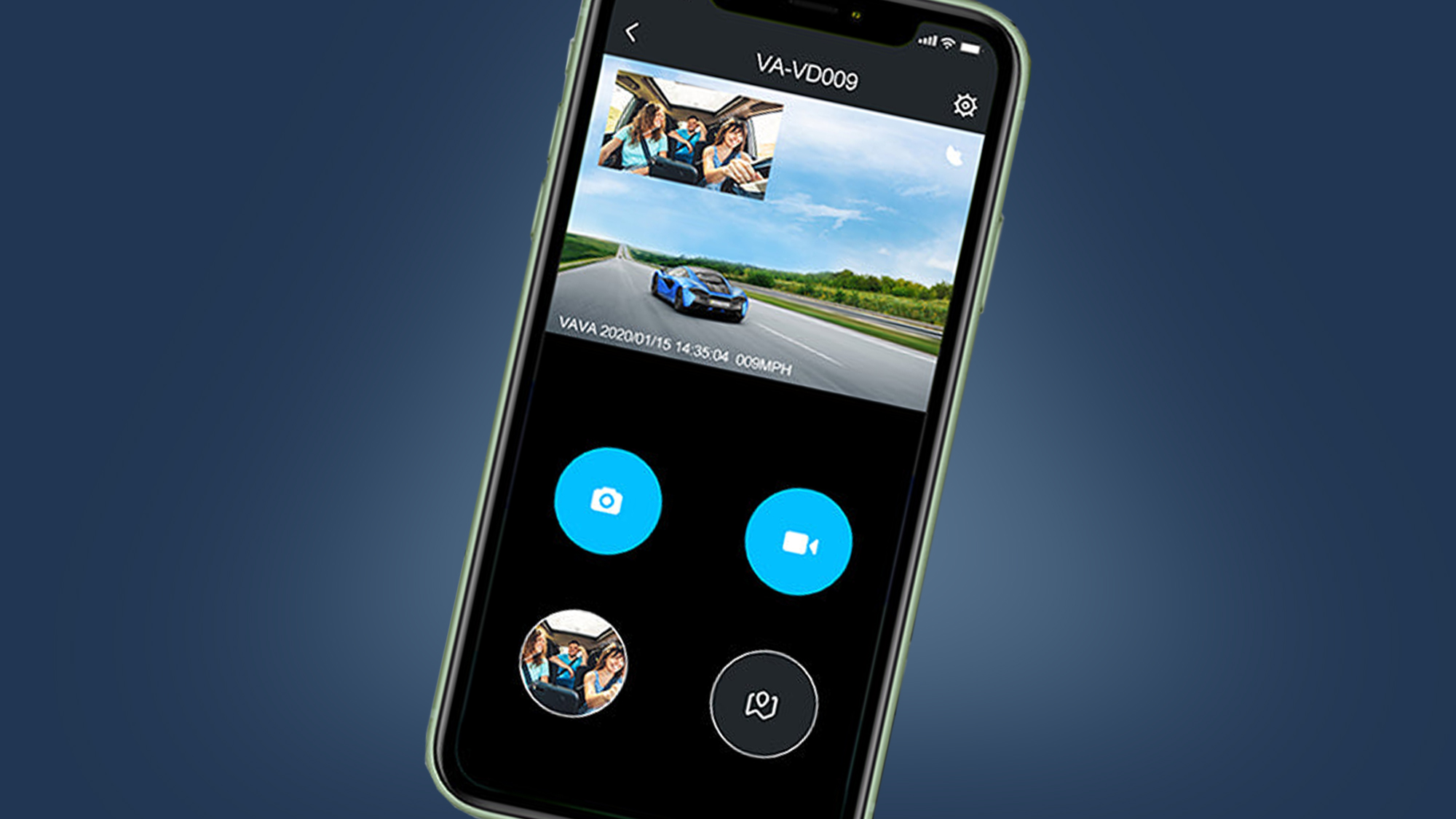
Overall, the Vava 2K Dual Dash Cam feels really nicely built and far more robust than some of the cheaper rivals we’ve tested. What’s more, the packaging is well thought out and it arrives immediately feeling like a premium product. Set-up is a doddle too, with all of the required cable clips and tools provided in the swanky box.
The accompanying app is also pretty good, making it easy to download images and footage on to a smartphone when on the move. GPS time stamps also accurately capture the location and time of any incidents.
At this price (around $200 / £200, at the time of launch), it does feel expensive and the general availability can be patchy. In addition to this, a little more cash buys some of the higher-end models from Nextbase, Kenwood or Garmin, all of which offer superior video quality and more features.
Should I buy the Vava 2K Dual Dash Cam?
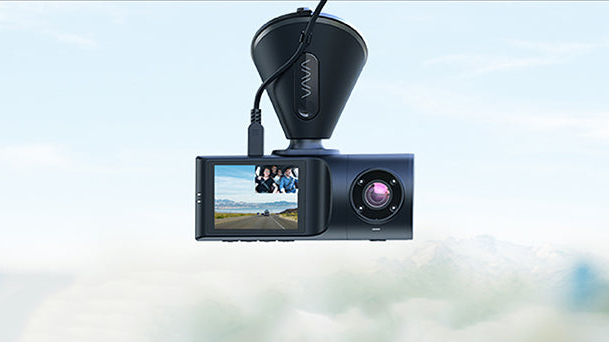
Buy it if...
You want a compact dual-cam package
The front and rear lenses are cleverly integrated into one neat unit that easily attaches to the front windscreen. Footage from the rear camera isn’t great and the general positioning means it is difficult to make out small details, but it’s nice to have the extra coverage.
You're prepared to pay for quality
The overall build quality is great, with all of the plastics used feeling tough and robust, as opposed to some of the flimsy plastic found on cheaper rivals. It also comes nicely packaged with pretty much everything you need to get going. All of the extras are also well-built.
You need a simple accompanying app
Vava’s Dash smartphone app is elegant and simple, providing a neat place to view clips and images, as well as download them to a device on the move. It lacks some of the bells and whistles of more established dash cam names, but it does the job nicely.
Don't buy it if...
You need 4K footage
Moving images from the front camera are pretty good, but the rear camera suffers badly from blown out highlights and grainy details. The still images, although resulting in large JPEG files, are fairly warped thanks to the wide-angle lens and suffer from lots of chromatic aberrations.
You want storage
The Vava Dual Dash Cam comes with everything you need to get started, aside from a good microSD card. Be careful what you buy, because the camera will throw up a card error message if it deems the quality isn’t high enough. The brand recommends 32GB or 64GB Extreme cards from SanDisk or something similar.
You need proper rear coverage
As previously mentioned, the rear-facing camera is great for capturing what is going on inside the cabin, but it’s not so hot at snaring important footage from the rear window. While general goings-on can be made out, it’s hard to punch in for the more minute details. A system with a separate rear cam (that you mount inside the rear window) could be a better choice.
- Check out our guide to the world's best dash cams
from TechRadar - All the latest technology news https://ift.tt/IunGjaU

No comments:
Post a Comment